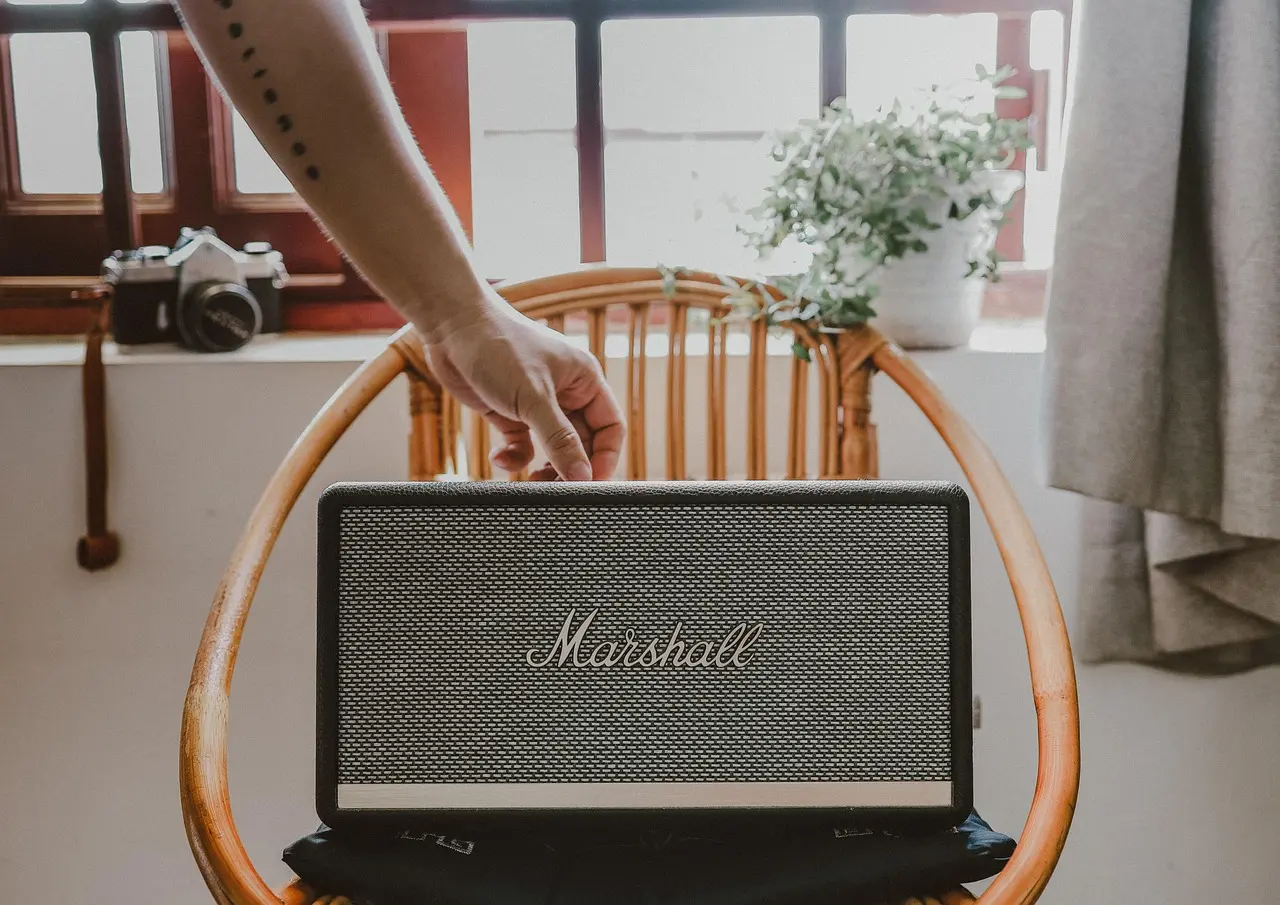
1. Security risks of common smart home devices
1. Weak passwords and default settings
Many users do not change the initial password after installing the device, making it easy for hackers to gain control.
2. Unencrypted data transmission
Some low-cost devices do not use end-to-end encryption, which may allow eavesdropping or tampering with communications.
3. Device system vulnerabilities
Devices that have not updated their firmware may have known vulnerabilities and become a springboard for attackers to invade.
4. Although it is convenient to link multiple devices together if the interconnection between devices is out of control
if one of them is hacked, it may affect the entire network system.
5. Cloud account hijacking:
If your cloud service platform account is stolen, the attacker can remotely control your device and view the camera feed.
2. Smart Home Security Protection Suggestions
1. Change the default username and password
set a complex password, and use a password manager to update it regularly to improve account security.
2. Enable two-factor authentication (2FA)
to add a second verification to the cloud platform or control APP to prevent the account from being cracked by brute force.
3. Update firmware and apps regularly .
Device manufacturers will continue to patch vulnerabilities. Please enable automatic updates to keep your system secure.
4. Isolate home network and guest network.
Connect smart devices and computers/mobile phones to different Wi-Fi networks to effectively reduce the risk of infection.
5. Be careful when choosing equipment brands,
and give priority to international or mature brands that support encrypted transmission and have a good security record.
3. Conclusion
Smart homes bring great convenience, but security awareness cannot be absent. As long as you take the right protective measures, you can greatly reduce the risk of hacker intrusion and truly enjoy the comfort and peace of mind brought by technology. From today on, don't ignore every smart device in your home. They are not just "tools", but also the gatekeepers of your privacy and security.
